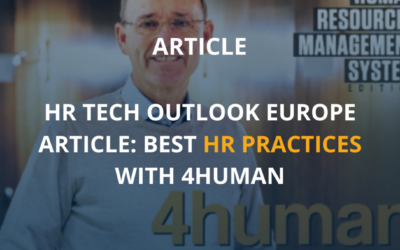1. Avoid duplication of work
Integrations simplify the employee journey from preboarding/onboarding to offboarding by including employee information from earlier steps in the process, avoiding duplication of effort.
2. Ensure consistent data across different systems
Integrations make it easier to update employee data because the master data ("the fact") is stored in one place. When the master data is updated, it is automatically updated elsewhere too. This avoids data being stored differently in different systems.
3. A solution
When the data is the same in both the HR and payroll systems, it is easier to keep control of the data and there is no uncertainty about which of the data is correct.
4. Get help with GDPR
Integrations between the HR system and Payroll make it easier to comply with GDPR regulations in relation to deletion, because when someone leaves, you are notified of this in both systems.
5. Free up time for the important tasks
Integrated and digitized systems mean less time is spent on administration, freeing up time for employees, managers, HR and Payroll.
6. Involve your employees in a simple way
The employee portal in the HR system allows employees to see information in the HR system that is also in the payroll system when these are integrated, and together with documentation such as employment contracts and performance reviews, this provides a better overview for employees.
7. Hold managers and employees accountable
When the HR and payroll systems are integrated, it allows for more delegation, division of responsibility and, not least, accountability, because different stakeholders (employees, managers, HR, payroll) can process and approve their part of the data.
8. Get control over absences, travel expenses and expenses
It's easier to manage time registrations (including overtime and shift supplements), absence (sick leave, vacation, leave) and expenses/reimbursements (such as travel reimbursements, supply purchases and travel invoices) when the employee can look up/register these themselves, the manager can approve and they are automatically transferred to payroll.
9. Better reports and analyses
Integrations open up the possibility of better reports and analysis between the HR and payroll systems.
10. Single sign-on to all systems (SSO)
If you want integrations to several different systems, integration between payroll and HR is often a logical first step, and you can integrate with AD (Active Directory) so that you have the same login/Single Sign-On (SSO) in several systems.
Still not convinced? You are welcome to contact us for a good professional discussion. 4human has extensive experience with integrations between payroll and HR. Contact us and we will help you map out your needs and, if desired, assist you further.



